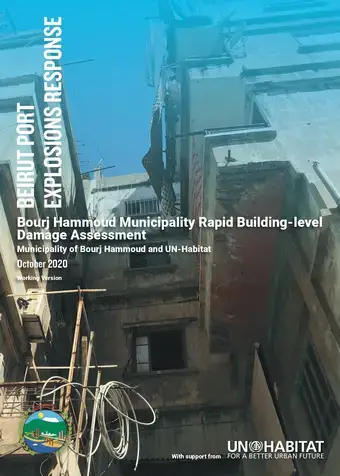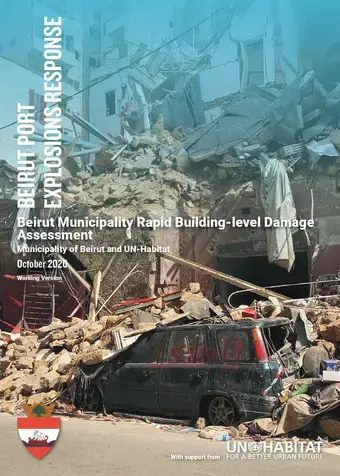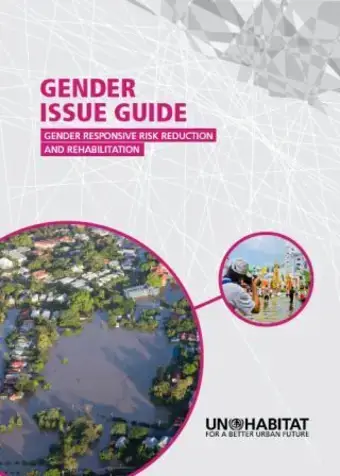Illac Diaz from the MyShelter Foundation aims to in this lecture showcase ways to reuse plastic bottles as quick solutions to solve lighting issues in crisis situations. The ‘Liter of Light’ project teaches communities the technology to create lamps both for daytime and nighttime use made of locally available resources.
[su_youtube_advanced url="https://www.youtube.com/watch?v=VNbwNBe6CYM" controls="alt" autohide="yes" rel="no" modestbranding="yes" theme="light"]
MP3



 Tuesday 28 April 2015-- Winners of the 2015
Tuesday 28 April 2015-- Winners of the 2015 
 The United Nations Human Settlements Programme, UN-Habitat, is the United Nations agency for sustainable urban development. It is mandated to promote socially and environmentally sustainable towns and cities while advocating adequate shelter for all.
The United Nations Human Settlements Programme, UN-Habitat, is the United Nations agency for sustainable urban development. It is mandated to promote socially and environmentally sustainable towns and cities while advocating adequate shelter for all.